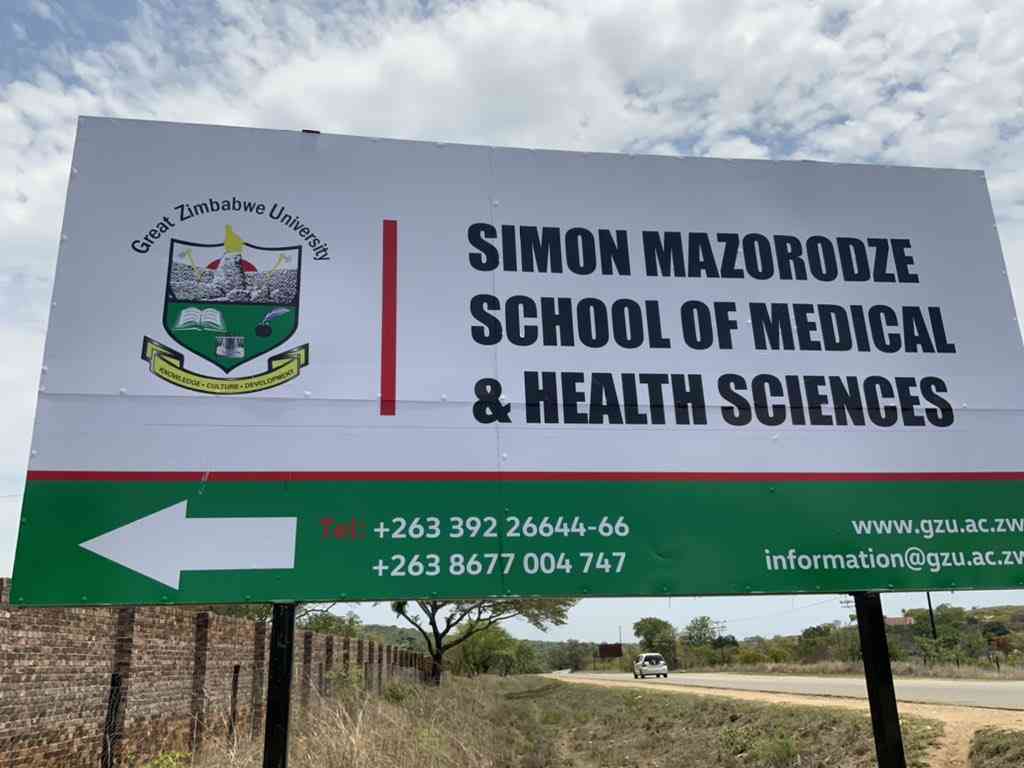
ORAL health is broad and difficult to understand, often people are frustrated by the number of dental problems without solutions coupled by a lot of unproductive dental visits.
As a young person faced with tooth mobility, rapid bone loss and sometimes bleeding gums with minimal plaque accumulation.
Having visited the dentist, you may have had your yearly professional cleaning, but for some reason, you are still suffering because there is barely an improvement in the symptoms.
Thus, you end up thinking that visiting the dentist is a waste of money and time.
It is a valid concern; not all dentists are equally skilled. Some may struggle to diagnose certain dental challenges.
However, it is important to remember that all medical fields require continuous learning.
A good dentist will do their best to ensure that the root of the problem is found to guarantee successful treatment.
Some conditions require time because they are difficult to diagnose as different dental conditions can mimic each other in terms of symptoms.
- Be wary of heart diseases
- Be wary of heart diseases
- Red Cross offers free cancer screening at agric show
- Good oral hygiene contributes towards one’s overall health
Keep Reading
Therefore, visiting the dentist only once in five years worsens the problem, making early detection difficult.
A common culprit, known as aggressive periodontitis, is a gum disease that primarily affects people who are 30 years and though in rare cases it can extend to 40 years.
It is described as aggressive because of its rapid onset, leading to rapid tooth mobility and severe bone loss.
Surprising, it affects only one in every 5 000 people making it rare and difficult to manage.
The misleading concept about the disease is that your gums will look perfectly healthy as it is not determined by your oral hygiene level or the plaque level on your gum.
The only determining factor is teeth mobility while brushing, eating or during function.
At the dental office, it is characterised by severe bone loss, presence of deep pockets (an increase in space formed between your gum and your tooth) which indicates how many soft tissues have been detached from the tooth and the bone.
This condition is quite complex to diagnose, it can only be confirmed after a series of treatments and dental visits because of its rarity.
Therefore, visiting the dentist at least twice a year is very important for early diagnosis.
Aggressive periodontitis is mostly influenced by genetics, though over the years it has been known to also be associated with high colonisation of a bacteria called Aggregatibacter actinomycetemcomitans and Porphyromonas gingivalis.
Hence one of the treatment options would be a combination of antibiotics and professional cleaning to help lessen the bacteria.
The condition can be classified into localised and generalised.
- Localised aggressive periodontitis (LAP)
This type is most common in adolescents and young adults (under 30), often starting around puberty (ages 11–13) and progresses rapidly.
Clinically, it is presented by severe bone loss around first molars (the first bigger teeth) and incisors (front teeth), it is rarely associated with minimal plaque.
- Generalised aggressive periodontitis (GAP)
It is usually seen in individuals under 30, but can occur up to age 35 to 40. In some cases, it may present later if undiagnosed earlier.
This type is characterised by severe bone loss on almost all teeth.
It is often associated with plaque levels that are similar to the normal chronic gum disease or sometimes they can occur concurrently which makes treatment even more complex.
Therefore, the different treatment phases (systemic, initial, re-evaluation, surgical, maintenance and restorative) can be aimed at treating both types of gum diseases.
However, in order to prevent further periodontal destruction and restore as much periodontal attachment as possible, the high rate of bone loss and the significant amount of bone loss in relation to the patient's young age call for a well-thought-out treatment plan and an often more aggressive treatment approach.
Creating a clinical state that supports the retention of as many teeth as possible for as long as possible is the ultimate goal of treatment.
It is important to know that this condition is treatable and can be managed.
The earlier the diagnosis, the less aggressive the treatment is.
Usually, in mild cases, if diagnosed earlier, it can be managed conservatively without considering surgery.
The conservative therapy is aimed at reducing the amount of bacteria associated with this disease.
However, severe cases may require a lot of surgical interventions that may provide the practitioner with direct access to root surfaces and deeper areas, thus permitting a more thorough debridement.
Furthermore, due to severe bone loss and the presence of bony defects, treatment can be addressed by either bone-recontouring or regenerative techniques, which require adding extra bone to replace lost bone.
The bone could be provided artificially (allograft) or it can be taken from other parts of your body (autografts), or bone production can be initiated chemically.
The latter requires more dental visits and more money.
It is important to observe if your family members suffer from early tooth mobility and loss to help to prevent the progression of the disease and visit the dentist.
To also ensure the success of the treatment, it is essential for optimal compliance with plaque control and maintenance and for possible modifiable risk factors (smoking, diabetes etc) to be addressed by the patient.
- Patience Matambo (BSc Dental Surgery) champions the notion of improved dental literacy in Zimbabwe and Africa at large as an endeavour towards the realisation of the one health objectives. She can be reached at [email protected].










